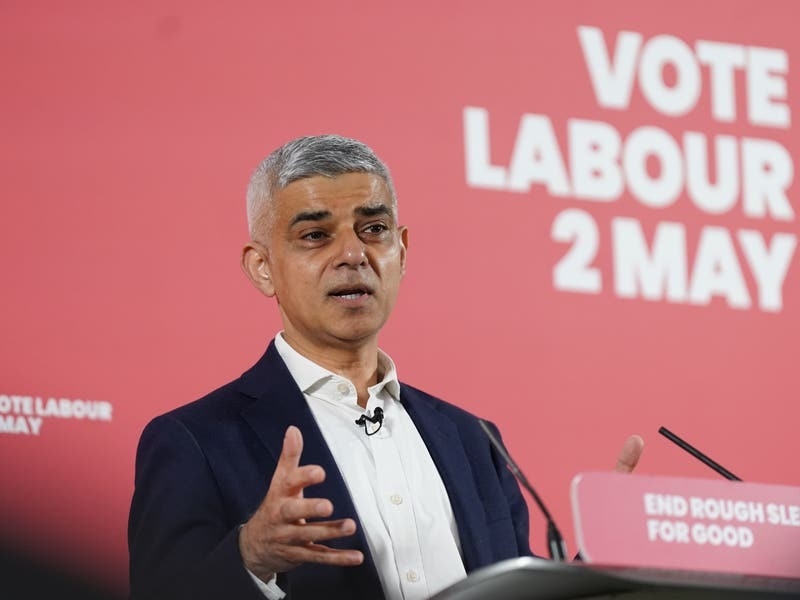By Julia Warrander and Russell Waite
As we slowly emerge from lockdown, once again we can meet friends and family and enjoy fun things. In terms of social gatherings, barbecues, informal get-togethers and even parties are permissible, as long as numbers are limited to a maximum of 20 people.
So, if you get an invite to attend such a gathering, what to wear?
Fashionistas amongst you will know ‘Big 80s Energy’ is back – think sequins, puff sleeves and fluorescent colours – alongside a ‘90s Revival’ including grunge, hoodies and Dr Martens. A tie-dye trend has also exploded over the last few weeks, as some people, forced to stay home, have looked for ways to keep themselves entertained. Pinterest has reported searches for tie-dye have gone up around 500%, so do not be surprised to see people joining you wearing tie-dye socks, shorts and shirts. After all, this is simply an extension of the past few summer seasons where the ‘co-ord’ (basically a matching pairing of shorts and short-sleeved shirt) has been an ongoing trend.
Being a dedicated follower of fashion means staying on trend; but these are very commonly short-lived. There are, of course, some fashion items that stay timeless, the designers of which have an influence on their industry for years. Buyers of a Burberry trench coat, a Louis Vuitton bag or a Chanel jacket do so in the knowledge the timeless trend they have bought into will be around, long-term.
An established approach to managing money is based on first identifying, and then allocating to long-term trends. It enables investors to access structural, one-off shifts that may influence industries and sectors, or simply, the way we live our lives, long into the future. It is termed Thematic investing and, when done well, can prove very rewarding, especially for those that are early movers into megatrends; those powerful socio-economic, environmental and/or technological forces that periodically ‘change the world’.
So what are some of today’s megatrends? Examples could include the digitisation of the global economy; the generation, storage and distribution of clean energy; or the increased awareness around personal health and well-being. Allocating capital using a thematic approach enables investors to narrow their investment universe and focus on sectors and companies benefiting from tailwinds, and negates the need to market time, given the long-term nature of the opportunity.
The key risk to this approach is some themes are simply ‘fashionable’ – they appear attractive for a short period of time, but investor capital quickly moves on in search for the next big thing. To continue our analogy, being successful in this space, relies on you finding a Louis Vuitton-type trend, rather than the tie-dyed sock.






